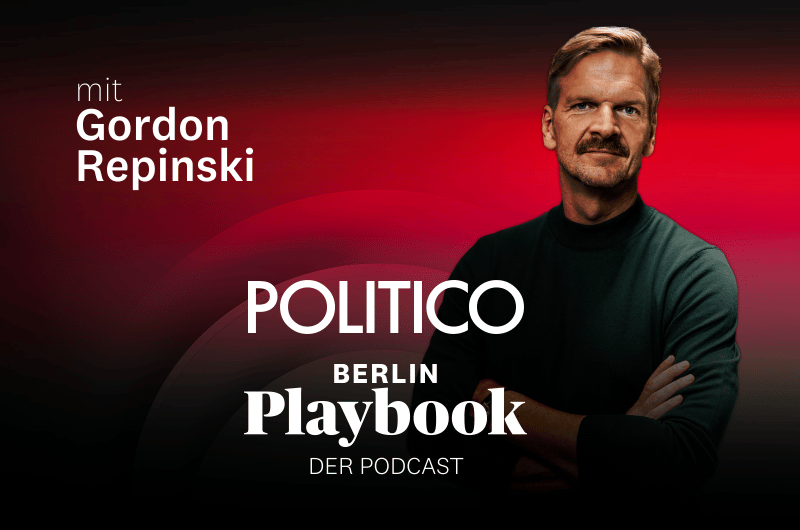

In the ever-evolving landscape of international trade, the recent agreement between the European Union (EU) and the United States (US) has stirred a blend of reactions from various stakeholders. This trade deal, evolving under the administration of President Donald Trump, sets a 15 percent tariff on most EU exports to the US. While there are voices of dissent and dissatisfaction, there is also recognition of nuances that bring stability and incremental benefits to certain sectors.
The trade deal places a substantial tariff burden on most European exports, sparking concerns across the continent, particularly in the heavily industrialized regions of Germany. However, against this backdrop of tariffs, there are positive reflections on the sectors that emerged comparatively unscathed. Industries like automotive, aviation, and semiconductors have managed to sidestep the heaviest impacts, offering a silver lining to the overall trade environment.
From a strategic viewpoint, the EU’s trade chief has faced criticism for not adopting a stronger negotiating stance. Some experts argue that a more robust approach could have potentially softened the tariff blow. However, the realities of international negotiations are complex. The EU’s capacity to exert influence is limited by several factors, including technical challenges and external dependencies. As such, the trade chief has defended the treaty as a pragmatic step, reflecting what was feasible under the circumstances.
Among the critics, voices from political and industrial institutions across Europe have expressed concerns about the EU’s concessions. Leaders like Ricardo Carvalho (PSD) and Mário Amorim Lopes (IL) have acknowledged the challenges in reaching a better deal, pointing out the constrained conditions under which the EU had to operate. Despite the dissatisfaction, these leaders recognize that maintaining some degree of stability with the US is a strategic necessity in the volatile global trade environment.
Meanwhile, the energy sector’s commitments within this deal have drawn skepticism regarding their practicality. The EU’s pledge to enhance energy imports from the US, reportedly amounting to $750 billion, faces technical hurdles and supply limitations. Critics label these targets as ambitious, if not overly optimistic, hinting at the formidable challenge of aligning EU energy policies with these expectations. Nonetheless, the commitment symbolizes a cooperative gesture, aiming to reinforce transatlantic ties in the energy domain.
Amidst these dynamics, the trade negotiation underscores the challenges and intricacies of forging international agreements. While some view the deal as disproportionate, potentially impacting European competitiveness, others see it as a step towards soothing trading relationships with one of the EU’s largest partners. Leaders like Jorge Pinto from the Livre party point to the overarching benefit of stability that the deal proposes, even if it may not be an ideal resolution.
As the EU navigates these negotiations, the trade deal with the US serves as a reminder of the careful balance required in international diplomacy. The agreement is a reflection of what is achievable within the complex web of contemporary geopolitics, acknowledging limitations while striving for the benefits that come with strategic partnerships. In the end, such negotiations are about finding harmony amidst constraints, fostering stability, and incrementally moving towards better economic relationships in an interconnected world.
Source: {link}
